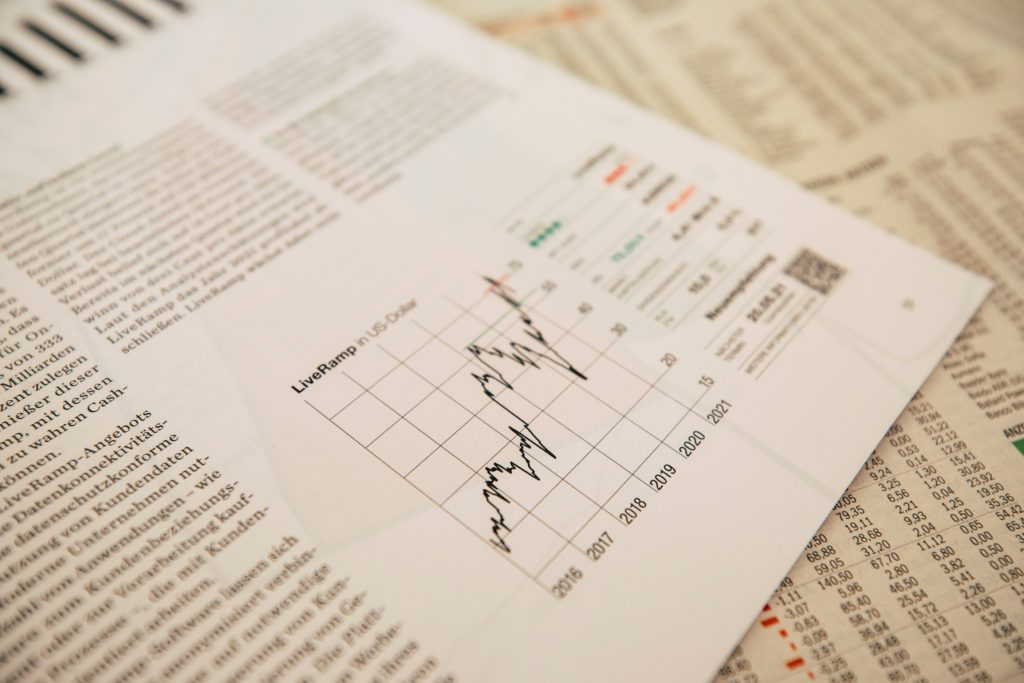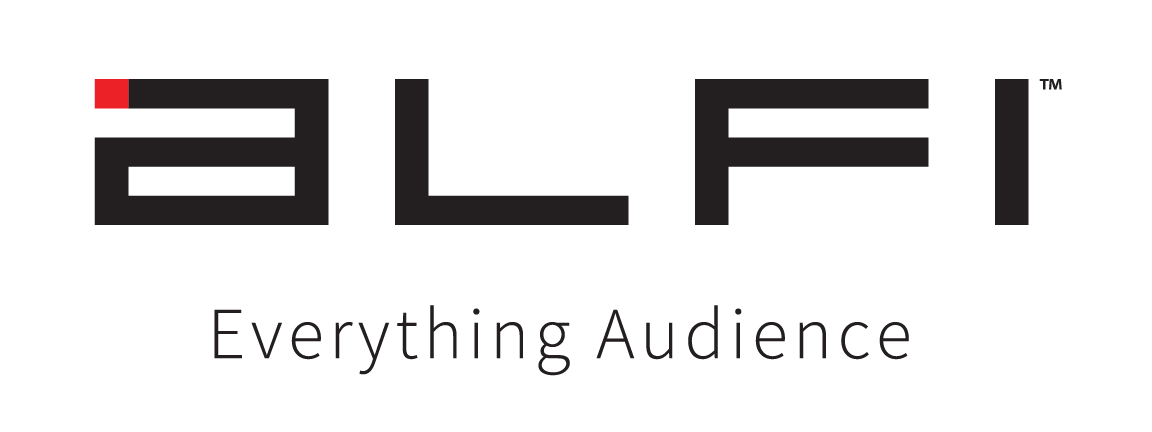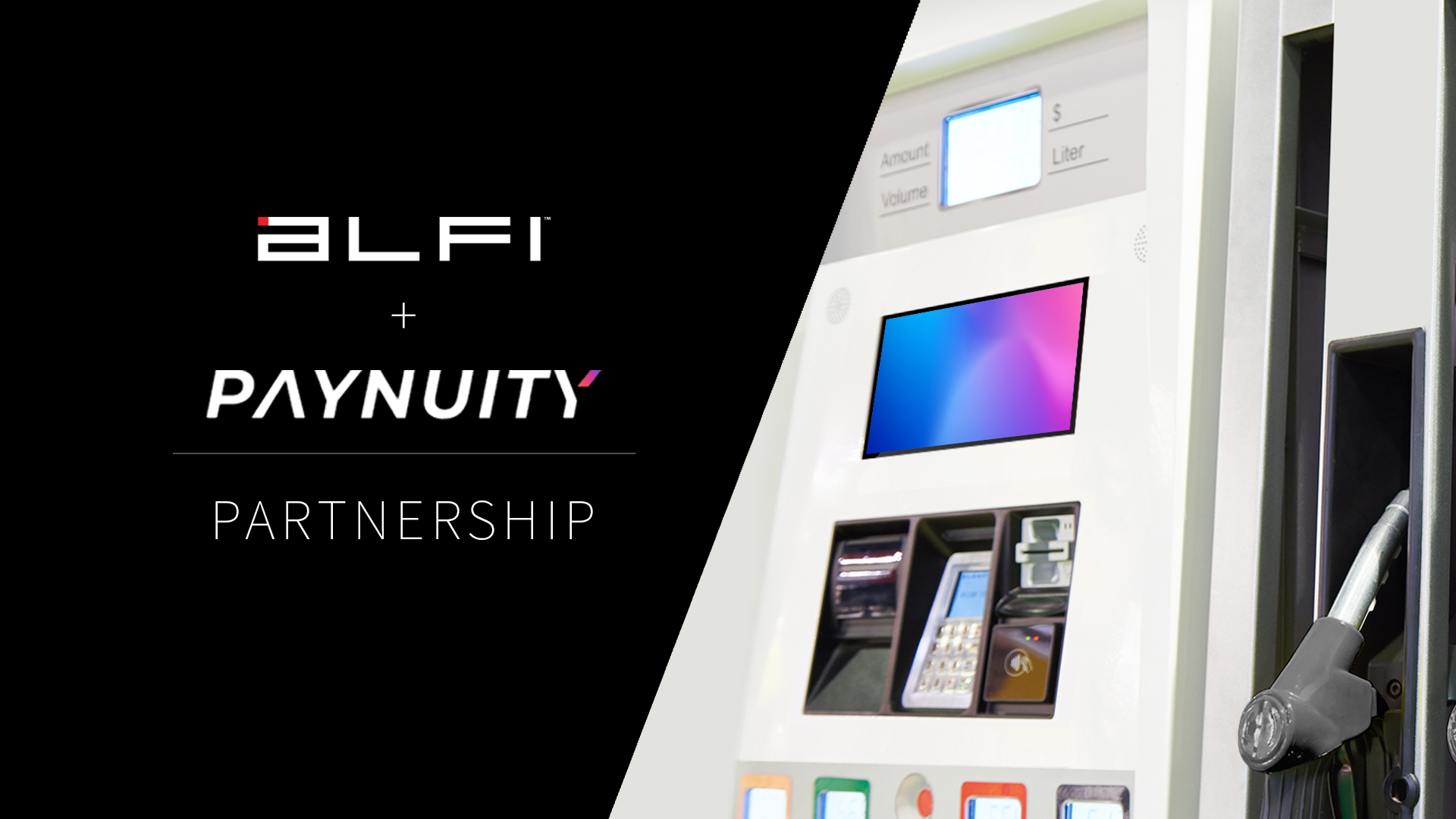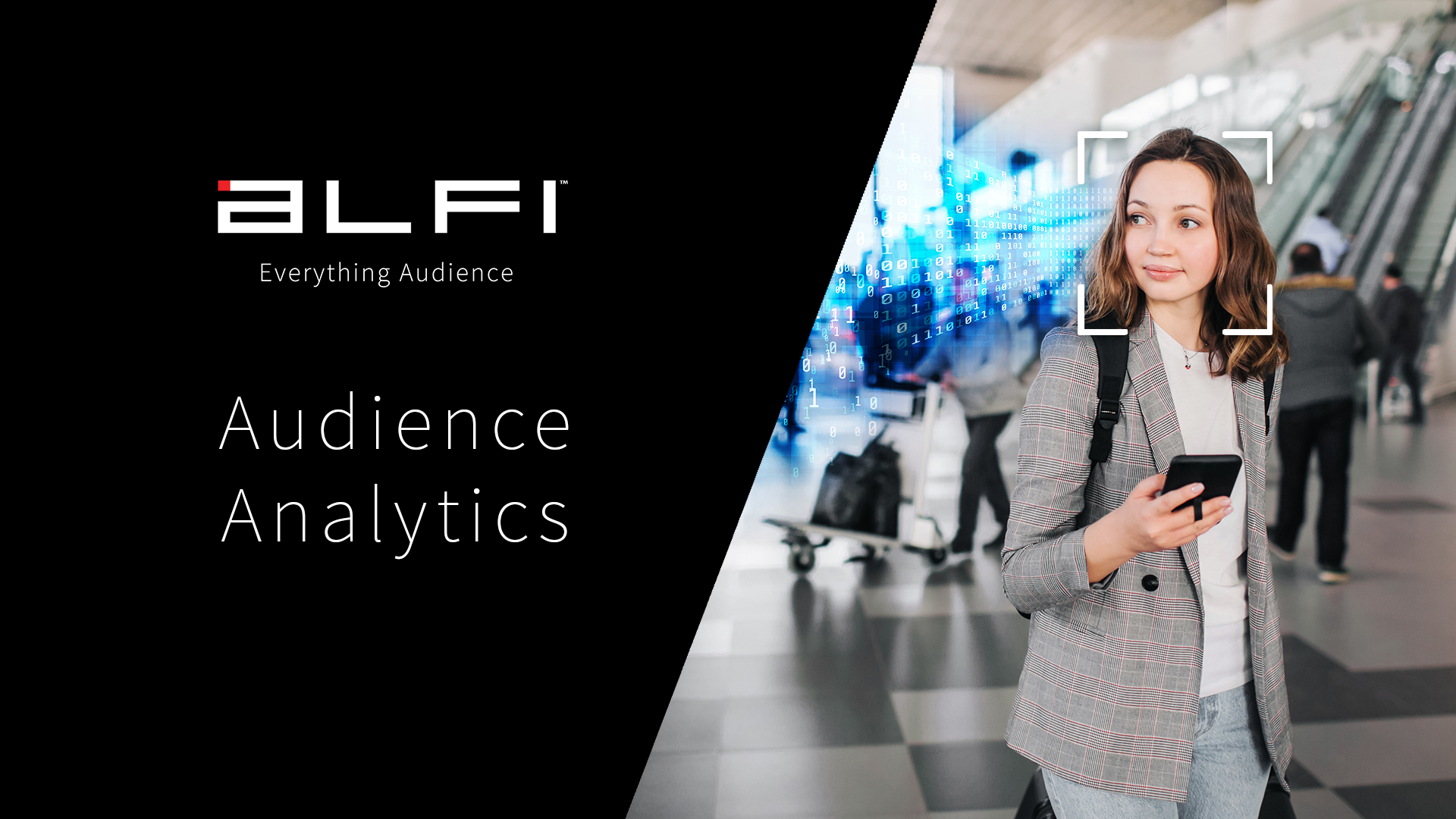Along with the steady rise of the smart city, the growing wave of digital has spurred an increasing need for more powerful ad ecosystems and networks. Trends are quickly changing and out-of-home advertising is evolving to keep up with the pace. Digital is the natural next step for creating ad content that really connects with today’s consumers.
ALFI’s global research reveals that 74% of global advertising executives strongly believe that the development and expansion of ad ecosystems and networks – in parallel with the rise of smart cities – will provide explosive growth opportunities for the Digital Out-of-Home (DOOH) advertising market.
The global smart city industry is predicted to double from $410.8 billion in 2020 to $820.7 billion by 2025, so it makes sense that advertisers and brands are investing in DOOH advertising as digital spaces become more readily available. Before we go into a more in-depth analysis of ALFI’s research results, let’s explore why DOOH has been so successful.

Smart Cities and the Evolution of DOOH Advertising
Traditional methods of advertising are no longer capable of delivering everything that brands and advertisers now need to compete in 2021 and beyond. The cookie is dead, along with the sole use of third-party data. Brands have had to adapt quickly in a world amid a pandemic, shifting social norms, and heightened regulations. Luckily, there are plenty of opportunities with the rise of smart cities.
These global smart cities serve as intelligent, connected hubs aligned with the internet and cutting-edge communications technology. An increase in digital spaces translates to more opportunities to connect with potential customers, boosting brand validation and conversions. Not to mention real-time insights into customer behavior.
DOOH advertising provides that bridge, creating myriad possibilities for brands who now exert much more control over marketing campaigns than before. With real-time impressions generated from actual consumers, ads can now be even more flexible, giving agencies, marketers, and brands the ability to adapt and shift strategy mid-campaign.
Now, more than ever, that power is vital to advertising success. DOOH affords brands the freedom of planning short-term promotional campaigns based on actionable insights from real consumer behavior. This can help in crafting a personalized experience for each unique customer. Want to explore more about what’s driving DOOH advertising growth in 2021? Check out this article.
ALFI’s Latest Articles on DOOH Advertising

Is Data-Driven Advertising Dead?
The death of the cookie is inevitable. As more and more people have made the switch to mobile website browsing, the risk of security breaches and increased consumer demand for more privacy have pushed Google, Safari, Firefox, and others – along with major tech giant Apple – to phase out third-party cookie use and drastically change the way they track users and handle information.
Many businesses and brands are turning to traditional channels, finding better ways to use their existing first-party data, and launching and/or integrating their own data platforms. Here, you can learn more ways to optimize your first-party data use and focus on cookieless solutions.
Where Does DOOH Reach Consumers?
Every day, your potential customers engage with digital spaces via rideshare advertising, digital billboards, retail signage, interactive tablets, and more. From the highway to the doctor’s office to the airport, these ads present unique, tailored content in a number of ways to a range of different audience groups at the ideal time and location, capturing their interest and – if all goes well – their business with carefully curated solutions.
No matter the persona of your target audience, DOOH ads present a powerful way to engage users. Each location represents an opportunity to forge a lasting customer connection. To read more, click here.
Global Senior Advertising Executives Cite Developing and Expanding Ad Ecosystems and Networks as Growth Opportunities in the DOOH Market

DOOH Advertising Market Expected to Reach Between $50 and $55 Billion by 2026
The latest research from ALFI has found that 65% of advertising execs predict the Digital Out-of-Home advertising market will be worth between $50 and $55 billion by 2026, with an additional 30% expecting it to surpass $55 billion. This is not surprising given the huge success of DOOH advertising and the increasing precision of targeted advertising.
According to ALFI’s CEO, Paul Pereira, “Digital technology in outdoor advertising offers advertisers and brands the advantage of reaching target audiences with relevant content and increased interaction levels at a relatively lower cost than traditional advertising.”
Research also revealed 74% of ad execs citing huge DOOH growth opportunities in the development and expansion of ad ecosystems and networks in line with the rise of smart cities.
This research study was conducted in June of 2021 when ALFI commissioned global market research company PureProfile to conduct 100 interviews amongst senior advertising professionals working in the digital advertising industry. These interviews were split across five markets: the United States, United Kingdom, France, Germany, and Asia.
The results reveal that 93% of those surveyed believe society has become more digitized during COVID-19, which will in turn fuel expansion within the DOOH advertising market. In fact, six out of ten (61%) advertising executives believe that digital tech is becoming well integrated with the changes in consumers’ interaction with advertisers, given the inherent characteristics of outdoor advertising.
CEO Pereira believes that the “increased popularity of these features and reliance on intelligent screens that include our software is preparing brands to capitalize on the shifting advertising market.”
“As consumer preferences and lifestyles continue to change, the focus for brands and advertisers should remain on catering to people’s unique needs,” added Pereira. “ALFI is already seeing an increase in consumers’ interest in, and willingness to, interact with digital advertising outside of their homes when the content is interesting and well-targeted.”
Digital Out-of-home advertising delivers that by providing an easy-to-use, effective option for boosting brand recognition, improving the user experience, and ultimately, increasing sales. DOOH advertising is OOH powered by technology that provides features including tracking, retargeting, personalization of ads, and greater attribution and measurement of campaigns.
With its powerful visuals and tech capabilities, DOOH is transforming the way advertising is done in more ways than one. Beyond a mere skip, block, or mouse click, DOOH invites viewers to participate, offering more tailored, updated, relevant content and yielding valuable insights into consumer behavior. Plus, by adding DOOH to your online and mobile campaigns, you’ll gain the ability to engage with consumers throughout their day, creating a long-lasting brand experience.
What do the results mean for advertisers?
With the death of the cookie and questionable use of third-party data, enhanced web privacy features, and advertising blindness, brands need better ways to connect with target audiences. Advertisers are increasingly seeking to enhance performance and capabilities from the ad tech they utilize.
ALFI provides data-rich reporting functionality that informs advertisers when someone viewed their ad, how many times it was viewed, and how viewers reacted to the content. To excel in an increasingly digital sphere, advertisers need more enhanced performance and capabilities from the ad tech they employ.
This is where ALFI delivers impressive real-time analytics, accountability, transparency, proof of engagement, and actual impressions.
ALFI helps companies with brand message distribution with increased ROI, data reporting, advanced accuracy, and ad performance insights. When you’re ready to experiment with programmatic DOOH, take it to the next level with intelligent, compliant data.
Want to know more? Drop us a line and our team will get in touch with you!




